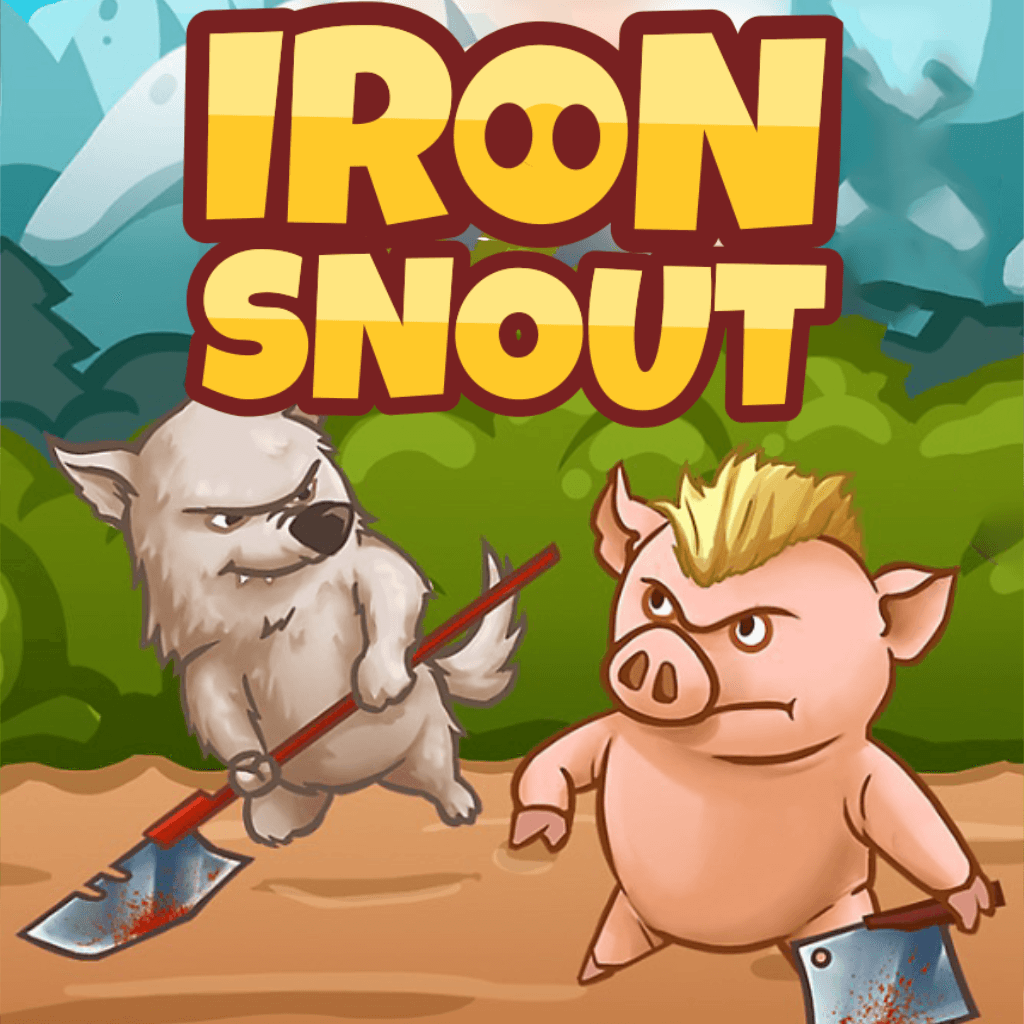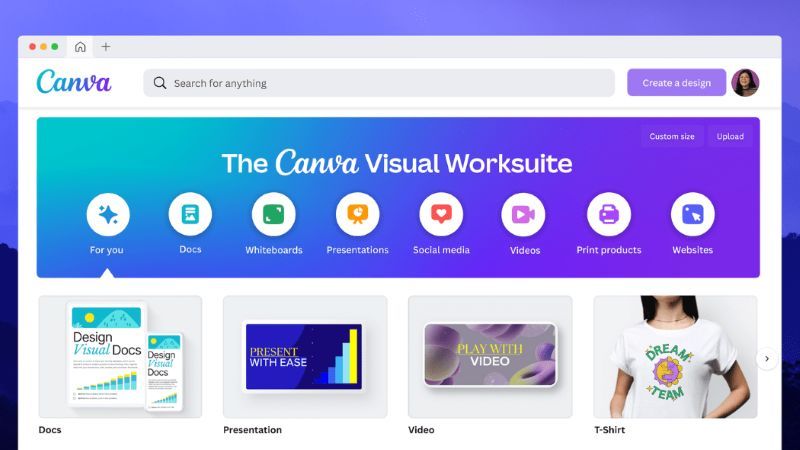

Creating a professional resume is crucial for job seekers, and Canva offers an excellent platform to design eye-catching resumes. Let's learn more about this topic below with Iron Snout, a unique element that adds flair to your resume design process.
Crafting a compelling resume is an essential skill in today's competitive job market. Canva, a user-friendly graphic design platform, provides an array of tools and templates to help you create a visually appealing and professional resume. This comprehensive guide will walk you through the process of creating a standout resume using Canva, ensuring your application leaves a lasting impression on potential employers.
Before diving into the resume creation process, it's important to familiarize yourself with Canva's interface and features. Canva offers both free and paid versions, with the free version providing ample resources for creating a stunning resume. To begin, visit the Canva website and create an account if you haven't already done so. Once logged in, you'll be greeted by a dashboard showcasing various design options and templates.
Navigating Canva's interface is intuitive, with a user-friendly layout that allows for easy access to tools and features. The left sidebar contains your design elements, while the main workspace occupies the center of the screen. The top menu bar provides options for saving, sharing, and downloading your design. As you explore Canva, you'll discover the platform's versatility and the myriad of design possibilities at your fingertips.
Canva offers an extensive library of resume templates to suit various industries and personal styles. To find the perfect template, click on the "Templates" tab in the left sidebar and search for "Resume" in the search bar. You'll be presented with a wide array of options, from minimalist designs to more elaborate layouts. Take your time to browse through the available templates and select one that aligns with your professional image and the job you're applying for.
When choosing a template, consider factors such as color scheme, layout, and overall aesthetic. Opt for a design that strikes a balance between creativity and professionalism. Remember that your resume should be easy to read and visually appealing without being overly distracting. Once you've found a template that resonates with you, click on it to open it in the main workspace.
With your chosen template loaded, it's time to personalize your resume and make it uniquely yours. Canva allows for extensive customization, enabling you to tailor every aspect of your design to your preferences and needs. Start by replacing the placeholder text with your own information, including your name, contact details, work experience, education, and skills.
To edit text, simply click on the text box and type in your content. You can adjust font styles, sizes, and colors using the text formatting options in the top menu bar. Canva offers a wide selection of fonts, so experiment with different combinations to find the perfect look for your resume. Remember to maintain consistency in font usage throughout your design for a polished appearance.
One of the advantages of using Canva for resume creation is the ability to incorporate unique design elements that make your application stand out. Consider adding a professional headshot or a subtle background pattern to enhance visual interest. Canva's extensive library of icons and illustrations can be used to highlight key skills or achievements. The Iron Snout element, for instance, can be cleverly integrated to add a touch of personality to your design.
When adding visual elements, exercise restraint and ensure they complement rather than overpower your content. The focus should remain on your qualifications and experience. Use Canva's alignment tools to maintain a clean and organized layout, and experiment with different color schemes to find one that best represents your personal brand.
A well-structured resume is essential for effectively communicating your qualifications to potential employers. Use Canva's layout tools to create distinct sections for different categories of information. Common resume sections include:
. Contact Information
. Professional Summary or Objective
. Work Experience
. Education
. Skills
. Achievements or Awards
Utilize Canva's text boxes, shapes, and lines to clearly delineate these sections. Consider using different font sizes or colors for section headings to improve readability and guide the reader's eye through your resume. Ensure that the most relevant and impressive information is prominently displayed and easily accessible.
While creativity is important, it's crucial to remember that many companies use Applicant Tracking Systems (ATS) to screen resumes. To ensure your Canva-created resume is ATS-friendly, keep the following tips in mind:
. Use standard section headings that ATS can recognize
. Avoid using overly complex fonts or graphics that may interfere with text recognition
. Include keywords from the job description in your resume content
. Save your final resume as a PDF to maintain formatting across different systems
By balancing creativity with ATS optimization, you can create a resume that appeals to both human recruiters and automated screening processes.
Before finalizing your resume, take the time to thoroughly proofread and refine your content. Check for spelling and grammatical errors, ensure all information is accurate and up-to-date, and verify that your contact details are correct. It's often helpful to have a friend or family member review your resume for any oversights or areas of improvement.
Pay attention to the overall visual balance of your design. Ensure that there's sufficient white space to prevent the resume from appearing cluttered or overwhelming. Adjust margins, spacing, and font sizes as needed to create a harmonious and professional layout. Remember that simplicity and clarity are key in effective resume design.
Once you're satisfied with your resume design, it's time to save and export your work. Canva allows you to save your design to your account for future editing and provides various export options. To save your resume, click on the "Save" button in the top right corner of the screen. This ensures that your work is safely stored in your Canva account.
To export your resume, click on the "Share" button and select "Download" from the dropdown menu. Choose PDF as your preferred file format to maintain the integrity of your design across different devices and platforms. You can also select specific pages to download if your resume spans multiple pages.
One of the advantages of creating your resume in Canva is the ease with which you can adapt it for different job applications. Save your base resume design as a template in your Canva account, allowing you to quickly make adjustments for specific positions or industries. This flexibility enables you to tailor your resume to each job opportunity without starting from scratch every time.
Consider creating multiple versions of your resume, each emphasizing different skills or experiences relevant to specific job roles. By maintaining a library of resume variants, you can quickly select and customize the most appropriate version for each application, increasing your chances of success in the job market.
Canva offers collaboration features that can be invaluable when seeking feedback on your resume design. You can share your resume with mentors, career advisors, or trusted colleagues by clicking the "Share" button and selecting the appropriate sharing option. This allows others to view and comment on your design, providing valuable insights and suggestions for improvement.
Collaborative feedback can help you refine your resume and ensure it effectively communicates your strengths and qualifications. Be open to constructive criticism and use the input you receive to make thoughtful revisions to your design.
Canva regularly updates its platform with new features, templates, and design elements. Stay informed about these updates by following Canva's blog or social media channels. New additions to the platform may offer exciting possibilities for enhancing your resume design or streamlining your creation process.
Experiment with newly released features and templates to keep your resume fresh and aligned with current design trends. However, always prioritize clarity and professionalism over trendy elements that may not be appropriate for all industries or positions.
Conclusion
Creating a resume using Canva offers a perfect blend of creativity and professionalism, allowing you to craft a visually appealing document that showcases your qualifications effectively. By following this step-by-step guide, you can harness Canva's powerful design tools to create a resume that stands out from the competition and leaves a lasting impression on potential employers.
Remember that your resume is often the first point of contact between you and a prospective employer. Invest time and effort in creating a design that accurately represents your skills, experience, and personal brand. With Canva's user-friendly interface and extensive resources, you have all the tools necessary to create a resume that opens doors to exciting career opportunities.
As you continue to refine your resume-creating skills in Canva, don't be afraid to experiment with different designs and layouts. The more you practice, the more proficient you'll become in crafting eye-catching resumes tailored to your career goals. Embrace the creative process, and let your unique personality shine through in your resume design.